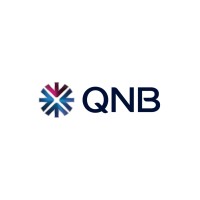
Crédit Mutuel
Un modèle mutualiste au service des clients et des salariés. Réseau bancaire mutualiste constitué de 2124 Caisses locales le Crédit Mutuel se compose de 18 fédérations régionales, couvrant tout le territoire français. Société de personnes et non de capitaux, le Crédit Mutuel n’est pas coté en Bourse. Sa stratégie est ainsi dégagée de la recherche de la seule rentabilité à court terme, au profit d’un développement pensé sur le long terme. Son objectif central : rendre un service de qualité au coût le plus juste à tous ses sociétaires. Son organisation décentralisée favorise ainsi la qualité de service aux clients et la réactivité, par des circuits de décision courts. Reconnu à la fois par ses clients et les professionnels de la finance, le Crédit Mutuel décroche régulièrement des titres qui confortent son modèle mutualiste et ses valeurs de solidarité, responsabilité, égalité, proximité et responsabilité sociale portées par les salariés et les clients- sociétaires. Au-delà de son réseau, le Crédit Mutuel constitue un Groupe qui comprend également plusieurs filiales dont certaines sont implantées à l’étranger. Les nouveaux collaborateurs du Crédit Mutuel apprécient tout particulièrement : - un circuit de recrutement court, axé sur des entretiens évaluant notamment la personnalité et la motivation ; - un parcours d’intégration précis, suivi par la fonction Ressources Humaines. Les salariés apprécient tout particulièrement : - le Système d’Information au service du développement commercial ; - un management au travers d’objectifs collectifs ; - des démarches et outils de gestion des carrières et des compétences facilitant la progression dans l’entreprise ; - la qualité des formations de préparation ou d’accompagnement des changements d’emploi ; - la diversité des opportunités d’évolution, principalement commerciale, sur tous les marchés, dans toutes les entités du Groupe.






